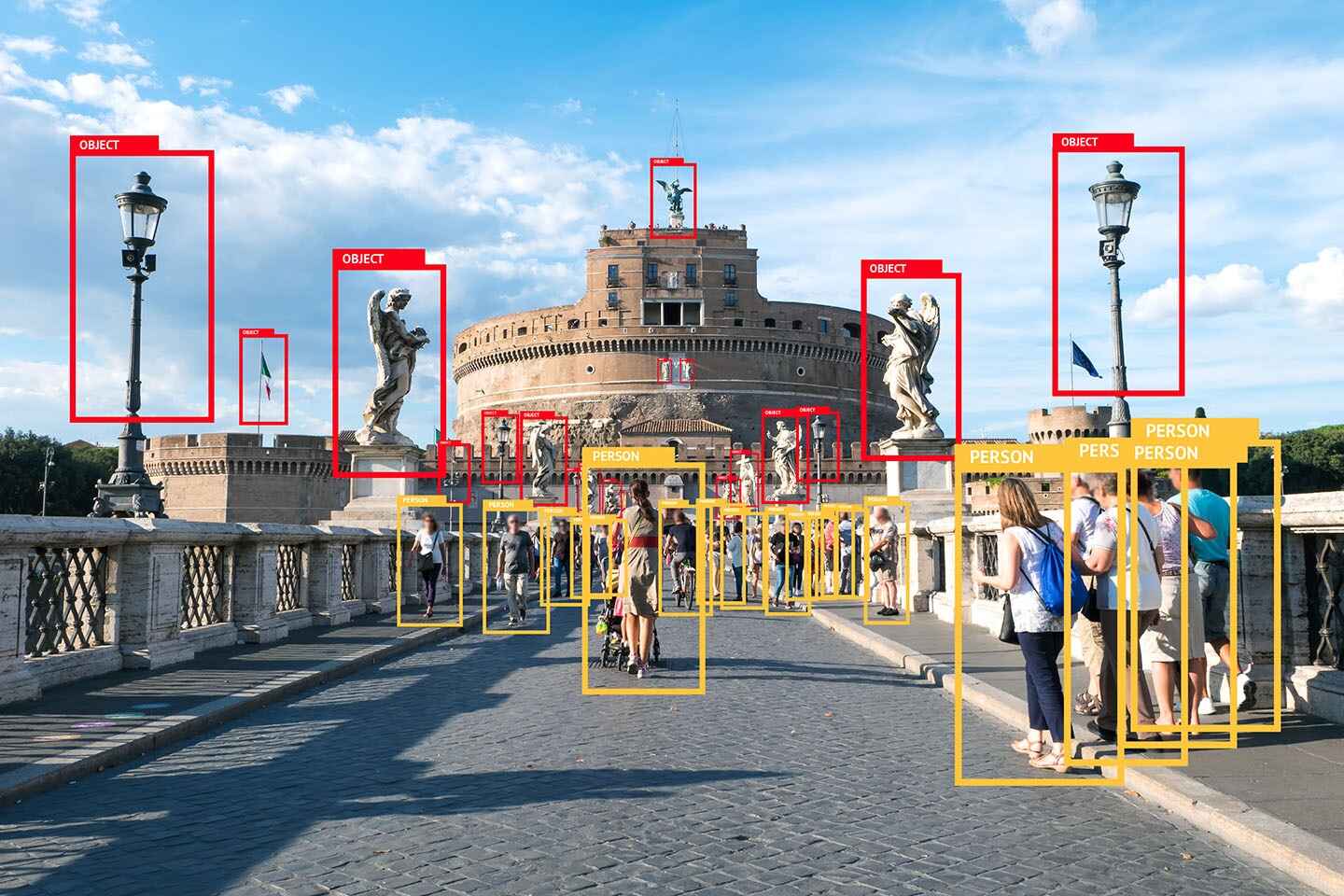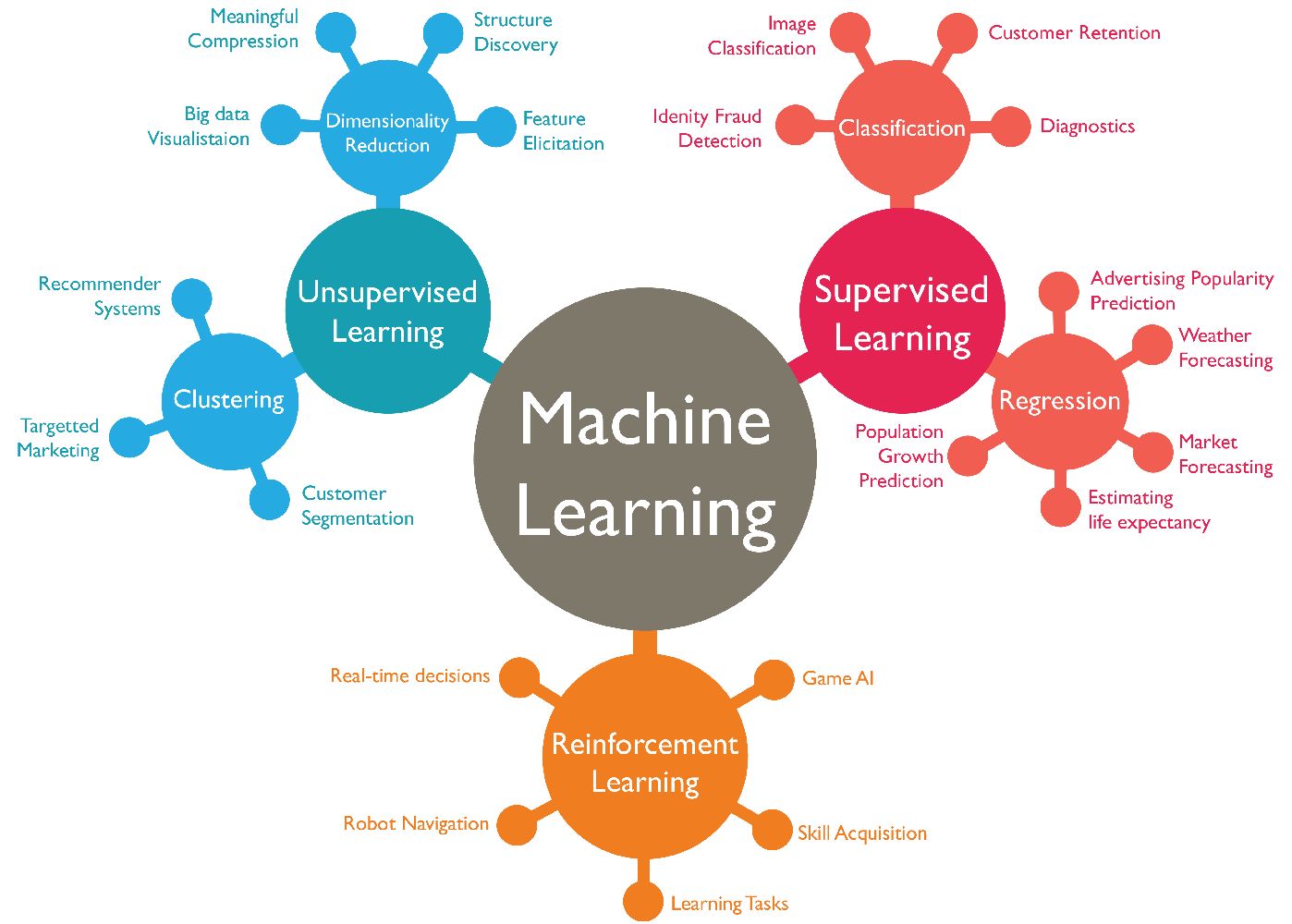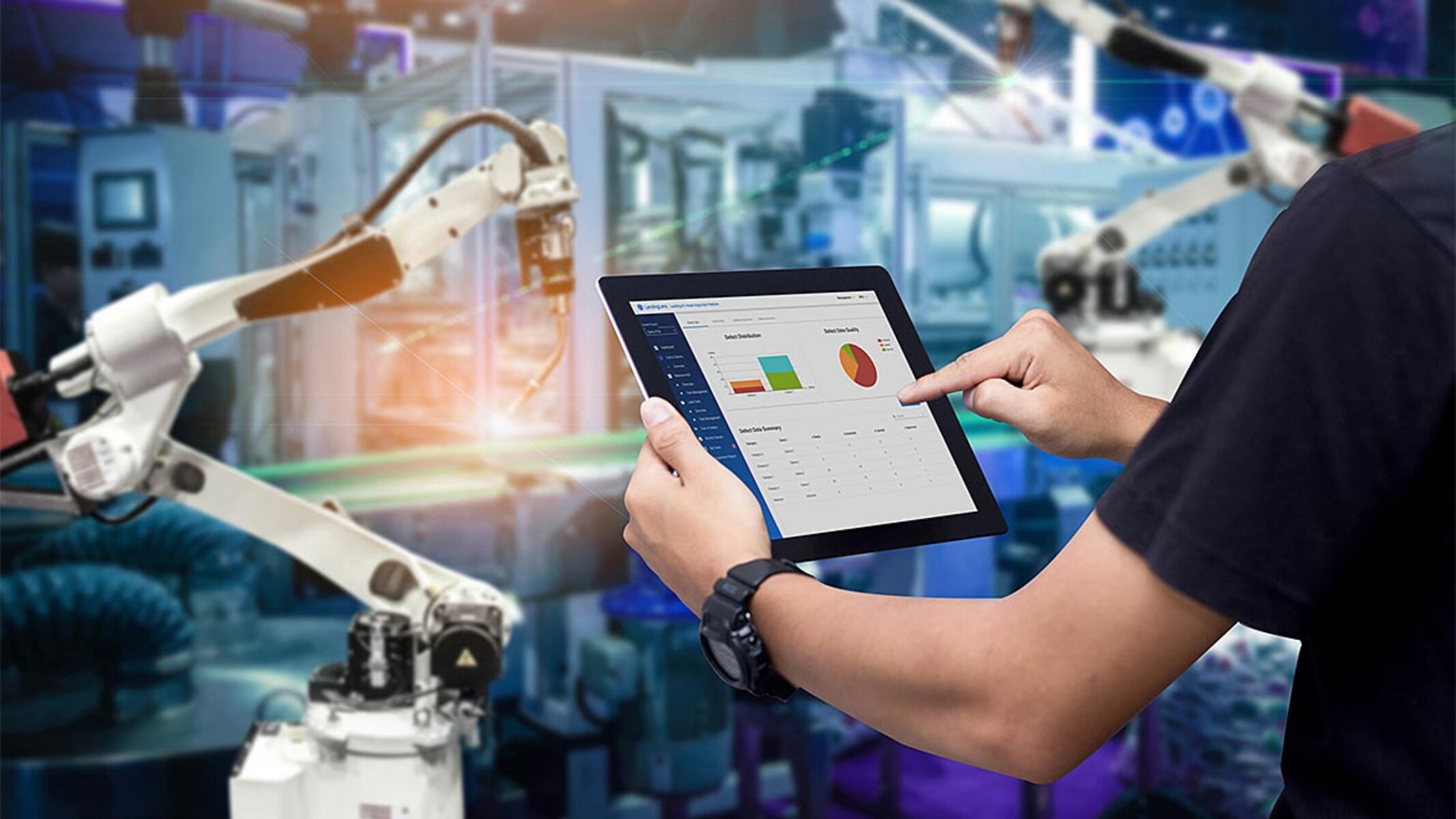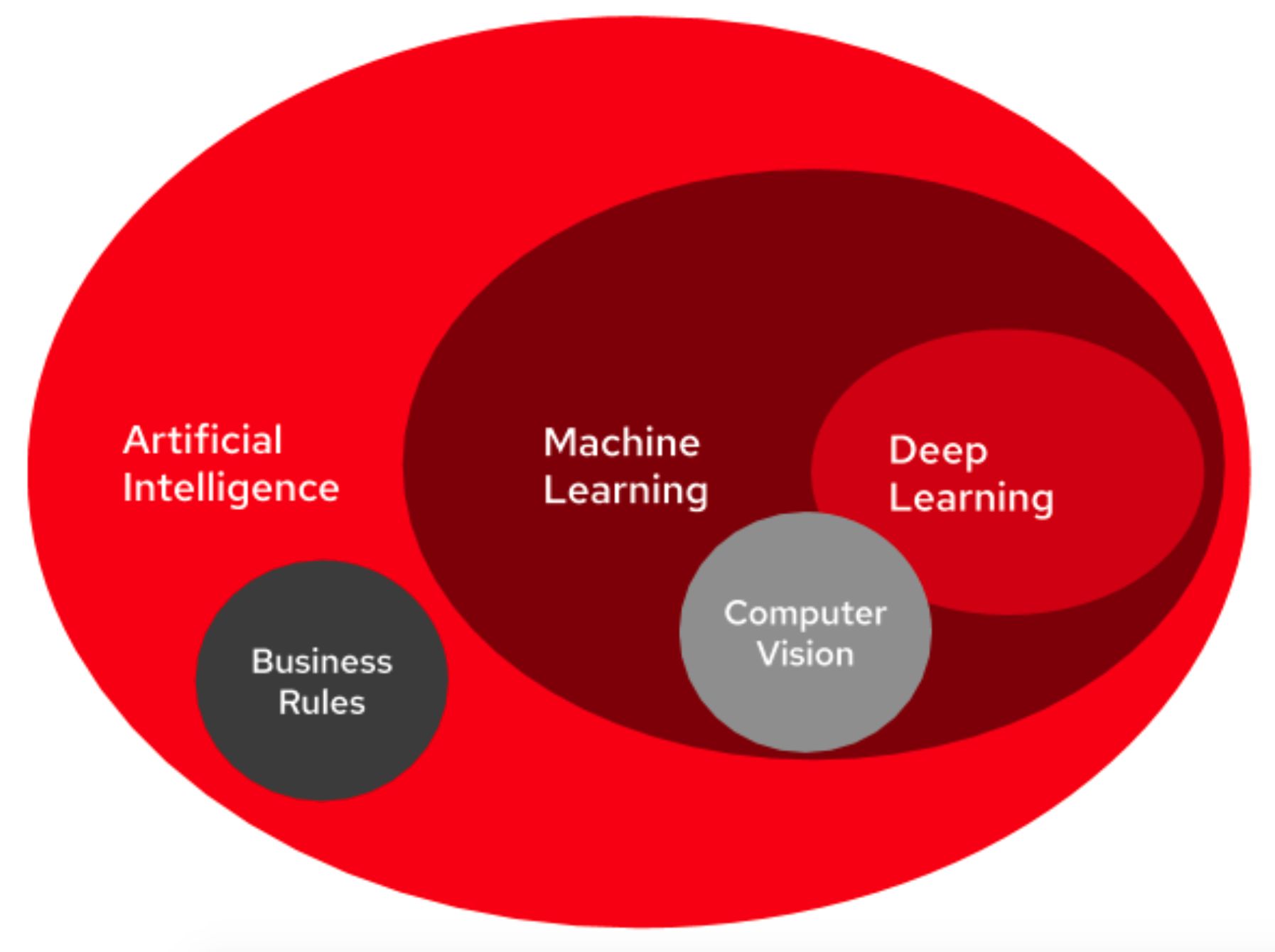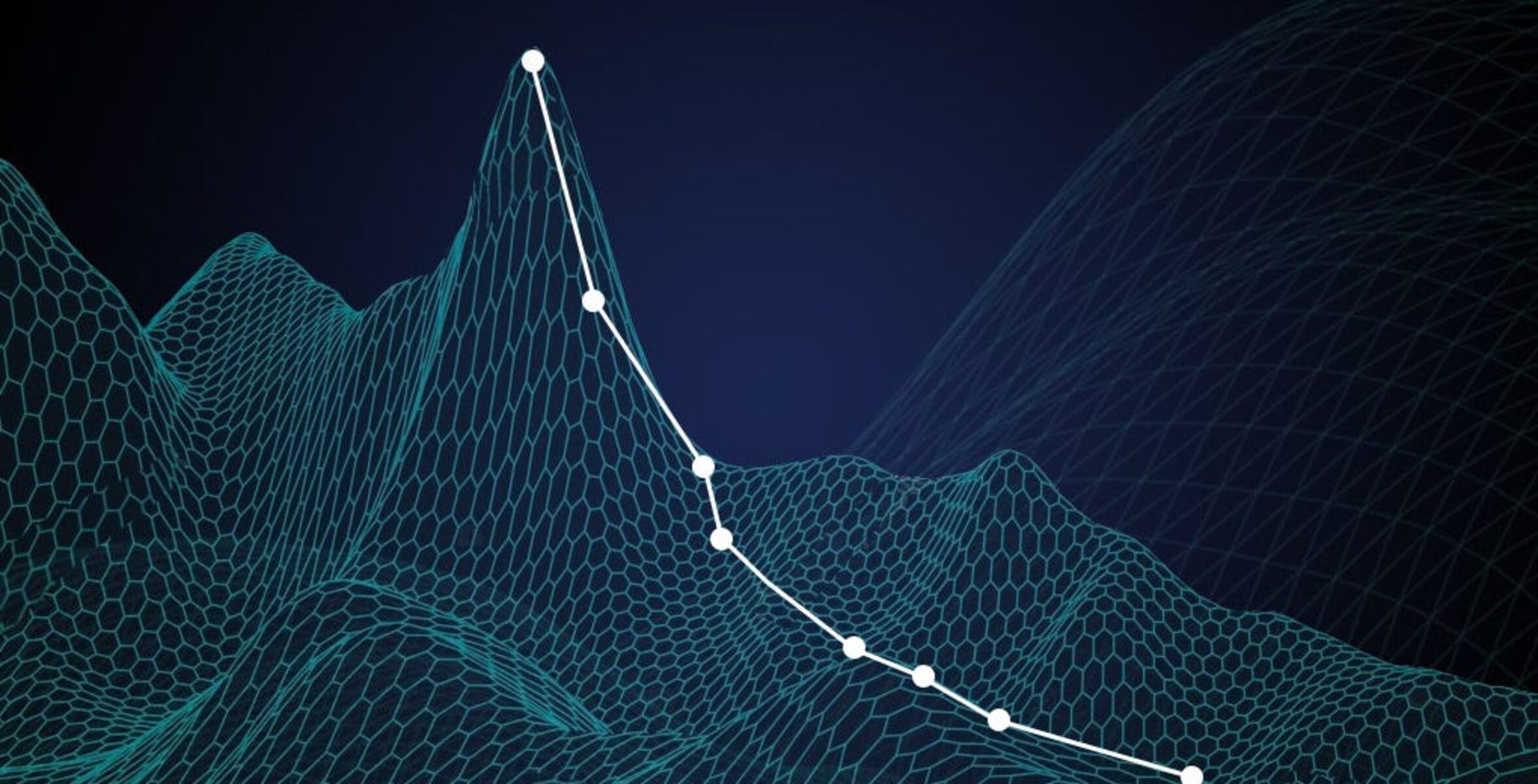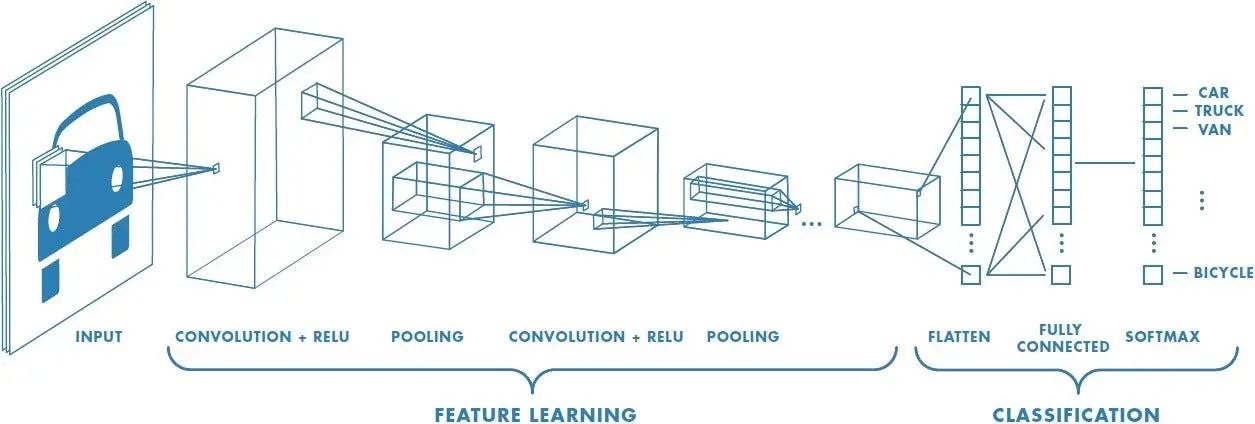Introduction
Machine learning has revolutionized various fields, and one of its most significant applications is object detection. In today’s digital era, the ability to automatically identify and locate objects in images and videos has become crucial across industries.
Object detection is a subfield of computer vision that focuses on detecting and classifying multiple objects within an image or video. It plays a vital role in a wide range of applications, including self-driving cars, surveillance systems, augmented reality, and image search engines.
The goal of object detection is not only to identify the presence of objects but also to precisely localize them by drawing bounding boxes around them. This enables algorithms to understand the context of an image and extract meaningful information.
Object detection operates on the principle of deep learning, specifically using convolutional neural networks (CNNs). CNN-based models are trained on vast datasets to learn patterns and features that distinguish different objects. These models are then used to predict the presence and location of objects in unseen images or videos.
Object detection has witnessed advancements in recent years, with the development of various algorithms and techniques. These models have achieved remarkable accuracy and made object detection more efficient and reliable.
In this article, we will delve into the world of object detection, exploring its workings, popular algorithms, and its applications. We will also discuss the challenges faced in this field and how researchers are addressing them to further improve the accuracy and scalability of object detection models.
What is Object Detection?
Object detection refers to the process of identifying and localizing objects within an image or video. Unlike image classification, which focuses on identifying a single object within an image, object detection aims to detect and classify multiple objects simultaneously.
The key aspect of object detection is the ability to draw bounding boxes around the detected objects, indicating their precise location in the image. This provides valuable information about the position and size of the objects, enabling further analysis and understanding of the visual content.
Object detection is a challenging task due to several factors, such as variations in object appearance, occlusion, cluttered backgrounds, and various viewpoints. However, advancements in deep learning and computer vision have made it possible to develop robust object detection algorithms that can handle these complexities.
Object detection algorithms typically involve two stages: region proposal and object classification. In the region proposal stage, potential object locations, known as bounding box proposals, are generated within the image. These proposals are then passed to the object classification stage, where each proposal is classified into different object categories, such as cars, pedestrians, or animals.
To achieve accurate detection and classification, object detection algorithms rely on training deep neural networks, specifically convolutional neural networks (CNNs), on large annotated datasets. These CNN-based models learn features and patterns from the data, enabling them to accurately identify and localize objects in new, unseen images or videos.
Over the years, object detection has witnessed tremendous progress, with the development of various algorithms like R-CNN, Fast R-CNN, Faster R-CNN, YOLO (You Only Look Once), and SSD (Single Shot MultiBox Detector). These algorithms differ in their approach, but they all aim to provide accurate and efficient object detection capabilities.
In the next section, we will delve deeper into the working principles of object detection and explore the different algorithms used for this task.
How Does Object Detection Work?
Object detection algorithms utilize deep learning techniques to detect and classify objects within images or videos. The process can be broken down into several steps:
- Image Preprocessing: Before object detection can take place, the input image undergoes preprocessing to enhance its quality and facilitate accurate detection. Common preprocessing techniques include resizing the image to a standard size, normalizing pixel values, and applying image filters.
- Region Proposal: Object detection algorithms generate multiple bounding box proposals to identify potential object locations within the image. These proposals serve as potential regions of interest that are further evaluated for object presence and classification.
- Feature Extraction: The next step involves extracting meaningful features from the proposed regions of interest. This is done using pre-trained convolutional neural networks (CNNs), such as VGGNet, ResNet, or Inception. These networks are trained on massive datasets and have learned to capture relevant visual features, which can be used to differentiate objects.
- Object Classification: Once the features are extracted, they are fed into a classification algorithm to determine the presence and category of objects within each proposed region. This is typically done using a softmax classifier or a multi-layer perceptron (MLP) classifier, which assigns labels to the proposed regions based on the learned features.
- Bounding Box Refinement: After object classification, a post-processing step refines the coordinates of the bounding boxes to accurately localize the detected objects within the image. This can involve techniques like non-maximum suppression (NMS) to filter out redundant bounding boxes and keep only the most reliable ones.
- Object Detection Output: The final output of the object detection algorithm includes the bounding box coordinates, object labels, and confidence scores for each detected object. This information helps visualize and interpret the detected objects within the image or video.
Object detection algorithms can vary in their approach and design, but they all follow a similar workflow, leveraging deep learning techniques to identify and classify objects within visual data. These algorithms have significantly improved the accuracy and efficiency of object detection, enabling various applications across industries.
Popular Object Detection Algorithms
Object detection algorithms have evolved significantly over the years, with researchers proposing various approaches to improve accuracy and efficiency. Let’s explore some of the popular object detection algorithms:
- R-CNN (Regions with Convolutional Neural Networks): R-CNN was one of the pioneering algorithms in object detection. It introduced the concept of region proposals by generating thousands of potential object regions and then performing classification on each region. Although effective, R-CNN is computationally expensive due to its multi-stage approach.
- Fast R-CNN: Fast R-CNN addressed the computational limitations of R-CNN by sharing the convolutional features across the region proposals. This enabled faster training and inference while maintaining accuracy. Fast R-CNN also introduced the Region of Interest (RoI) pooling layer to extract fixed-sized features from variable-sized regions.
- Faster R-CNN: Building upon Fast R-CNN, Faster R-CNN incorporated an additional network called the Region Proposal Network (RPN). The RPN generates region proposals directly from the convolutional features, eliminating the need for an external region proposal algorithm. This integration led to further improvements in accuracy and speed.
- YOLO (You Only Look Once): YOLO is an object detection algorithm known for its real-time processing capabilities. It adopts a different approach by dividing the input image into a grid and performing object detection at the grid cell level. YOLO predicts the bounding boxes and class probabilities directly, resulting in faster inference while sacrificing some accuracy.
- SSD (Single Shot MultiBox Detector): SSD is another real-time object detection algorithm that combines the efficiency of YOLO with improved accuracy. It uses a series of convolutional layers with different scales to detect objects at multiple resolutions, enhancing the detection of objects of various sizes.
These algorithms, along with their variations and extensions, have significantly advanced the field of object detection. Each algorithm has its strengths and weaknesses, depending on the specific requirements of the application. Researchers continue to explore new techniques and architectures to further improve the accuracy and speed of object detection algorithms.
Applications of Object Detection
Object detection has found numerous applications across various industries, showcasing its versatility and relevance in today’s technology-driven world. Here are some of the key applications of object detection:
- Autonomous Vehicles: Object detection is crucial for the safe navigation of autonomous vehicles. It enables vehicles to detect and classify pedestrians, vehicles, and other objects in their surroundings, ensuring efficient path planning and collision avoidance.
- Surveillance Systems: Object detection plays a vital role in surveillance systems, allowing identification and tracking of individuals or objects of interest. It is used in security cameras, enabling real-time monitoring, intruder detection, and suspicious activity recognition.
- Retail and E-commerce: Object detection is utilized in retail and e-commerce for various purposes, such as product recognition, inventory management, and customer analytics. It enables automated product tagging, visual search in online platforms, and monitoring stock levels.
- Medical Imaging: Object detection is employed in medical imaging to assist in disease diagnosis, treatment planning, and image analysis. It facilitates the detection and segmentation of abnormalities, such as tumors, lesions, and anatomical structures, aiding healthcare professionals in providing accurate diagnoses and personalized treatments.
- Face Recognition: Object detection is a fundamental component of face recognition systems. It enables the detection and localization of faces in images or videos, which is essential for identification, authentication, and surveillance purposes.
- Robotics and Industrial Automation: Object detection is essential in robotics and industrial automation, enabling robots to perceive and manipulate objects in their environments. It is used for tasks such as pick-and-place operations, object tracking, and quality control in manufacturing processes.
- Augmented Reality (AR): Object detection is a key component of AR applications. It enables the recognition and tracking of real-world objects, allowing virtual objects to be overlaid accurately in the user’s environment, creating immersive and interactive AR experiences.
- Image Search Engines: Object detection is utilized by image search engines to index and retrieve images based on the presence of specific objects. It enables users to search for images containing specific objects or categories, improving the accuracy and relevance of search results.
These are just a few examples of how object detection is being applied in various domains. Its versatility and wide-ranging capabilities make it an indispensable tool for many industries, driving innovation and shaping the future of technology.
Challenges in Object Detection
While object detection has made significant advancements in recent years, there are still several challenges that researchers and developers face in improving its accuracy and efficiency. Some of the major challenges in object detection include:
- Variability in Object Appearance: Objects can exhibit substantial variations in appearance due to different poses, lighting conditions, occlusions, and viewpoints. Object detection algorithms need to be robust enough to handle such variations and accurately classify objects despite these challenges.
- Occlusion and Clutter: Objects in real-world scenes are often occluded by other objects or have cluttered backgrounds, making it difficult for object detection algorithms to precisely locate and identify them. Overcoming these challenges requires advanced algorithms that can handle occlusion and effectively separate objects from the background.
- Scale Variation: Objects can appear at different scales within an image, and detecting objects at various scales accurately is crucial for comprehensive object detection. Algorithms need to be able to handle objects of different sizes without sacrificing accuracy or speed.
- Computational Complexity: Object detection algorithms often require significant computational resources, making them computationally expensive and slow. Balancing accuracy and speed is a challenge, as improving one aspect can often come at the cost of the other.
- Dataset Annotation and Availability: Training object detection models requires large annotated datasets, where objects are accurately labeled. Generating such datasets is a time-consuming and challenging task, especially for complex or rare object categories. The availability of high-quality, diverse datasets also poses a challenge in certain domains.
- Generalization to Unseen Data: Object detection algorithms need to be able to generalize well to unseen data, meaning they should accurately identify and classify objects in images or videos that were not part of the training data. Ensuring robustness and generalization capability is an ongoing challenge in the field.
- Real-Time Processing: Real-time object detection is critical for applications like autonomous vehicles, robotics, and surveillance systems. Achieving accurate and efficient object detection in real-time scenarios with limited computational resources remains a challenge, requiring optimized algorithms and hardware accelerators.
Addressing these challenges is essential for further advancing object detection. Researchers are continually exploring innovative techniques and architectures to overcome these obstacles and improve the accuracy, efficiency, and robustness of object detection algorithms.
Conclusion
Object detection is a crucial field in computer vision and has witnessed significant advancements in recent years. The ability to automatically detect and classify objects within images and videos has found extensive applications across various industries, ranging from autonomous vehicles and surveillance systems to retail and medical imaging.
Object detection algorithms, such as R-CNN, Fast R-CNN, Faster R-CNN, YOLO, and SSD, have greatly improved accuracy and efficiency in detecting objects. These algorithms leverage deep learning techniques, including convolutional neural networks (CNNs), for feature extraction and object classification.
Despite the progress, object detection still faces challenges. These include handling variability in object appearance, occlusion, cluttered backgrounds, scale variation, computational complexity, dataset annotation, generalization to unseen data, and real-time processing. Addressing these challenges requires ongoing research and development efforts.
Object detection continues to evolve, with researchers exploring novel architectures, optimization techniques, and improvements in dataset quality. The development of hardware accelerators and the availability of large-scale annotated datasets have contributed to the advancements in object detection.
As technology progresses, we can expect object detection to play an even more significant role in various domains. With improved accuracy and faster processing, object detection will continue to transform industries and pave the way for innovative applications. The potential for advancements in object detection is vast, and it will continue to shape the future of computer vision and artificial intelligence.







